-
Italian Basil Large Leaf Plants For Sale
Ocimum basilicum
Herb Growing Tips
Light: Full sun
Temperature: Annual
Watering: Keep soil moist, do not let soil get too dry.
Soil: Light, well drained soil. If need you can use Plant Feed once a month.
Comments: never prune more than 50% of your plant's leaves, this could cause too much stress on your basil plant. Continuous trimming avoids these annuals going to seed; allowing your plant to focus more on producing foliage than blooms!
Herb Description
If you are into herb gardening for culinary herbs, Italian Large Leaf Basil is a must have basil plant. This culinary herb is a sweeter pesto type basil with high yields in the garden. A large variety with medium-dark green leaves, this basil is bigger than most others found in the basil family. Fairly resistant to damage from pests and disease, Italian Large Leaf self-seeds easily and grows well in a container. Very aromatic and as popular with bees and butterflies as it is with chefs, this is one of our most favorite basil plants. When compared to Genovese the flavor and scent are sweeter and less clove like. Plant in full sun and harvest frequently to keep from going to flower.
Basil is also a fantastic natural mosquito and pest repellent and its blooms are great for attracting helpful pollinators to your garden. Planting Basil near beets, asparagus and tomatoes will also improve your crops.
-
Italian Basil Large Leaf Plants For Sale
Ocimum basilicum
Herb Growing Tips
Light: Full sun
Temperature: Annual
Watering: Keep soil moist, do not let soil get too dry.
Soil: Light, well drained soil. If need you can use Plant Feed once a month.
Comments: never prune more than 50% of your plant's leaves, this could cause too much stress on your basil plant. Continuous trimming avoids these annuals going to seed; allowing your plant to focus more on producing foliage than blooms!
Herb Description
If you are into herb gardening for culinary herbs, Italian Large Leaf Basil is a must have basil plant. This culinary herb is a sweeter pesto type basil with high yields in the garden. A large variety with medium-dark green leaves, this basil is bigger than most others found in the basil family. Fairly resistant to damage from pests and disease, Italian Large Leaf self-seeds easily and grows well in a container. Very aromatic and as popular with bees and butterflies as it is with chefs, this is one of our most favorite basil plants. When compared to Genovese the flavor and scent are sweeter and less clove like. Plant in full sun and harvest frequently to keep from going to flower.
Basil is also a fantastic natural mosquito and pest repellent and its blooms are great for attracting helpful pollinators to your garden. Planting Basil near beets, asparagus and tomatoes will also improve your crops.

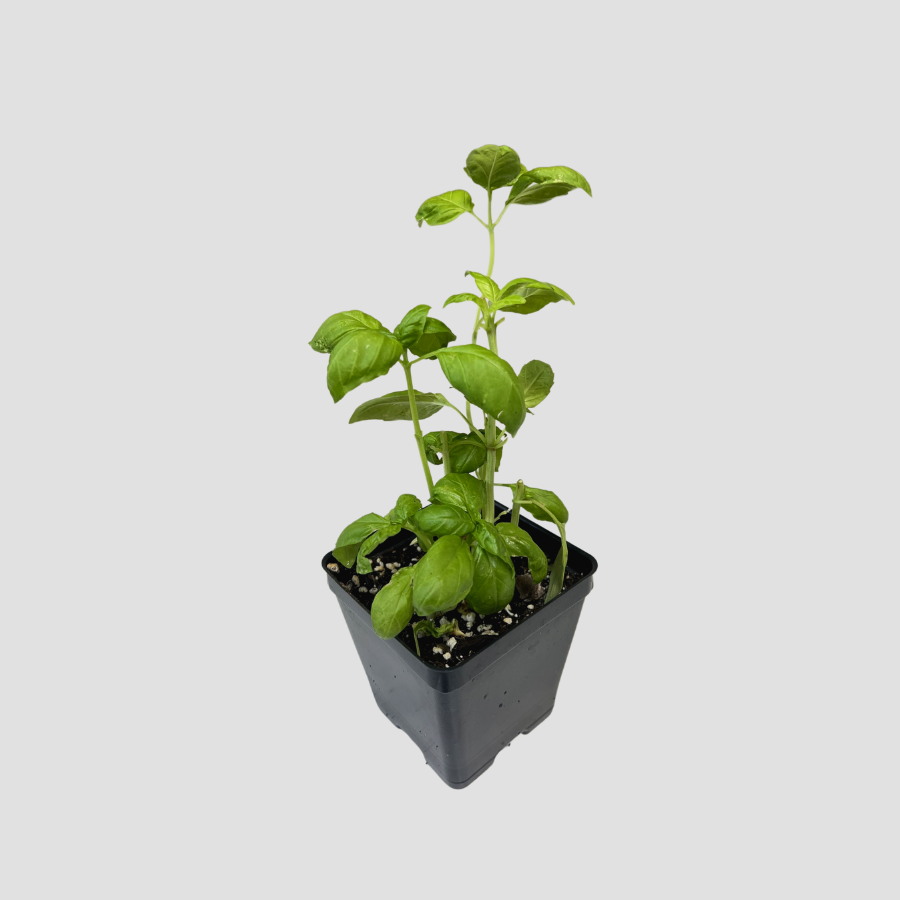
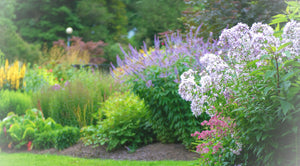
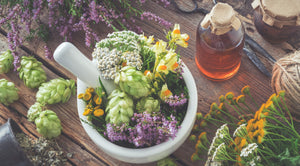
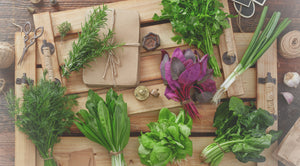
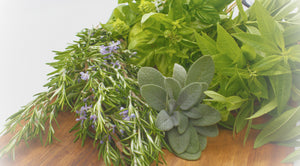
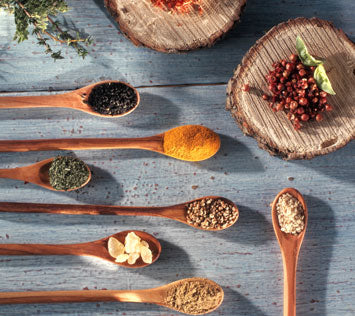
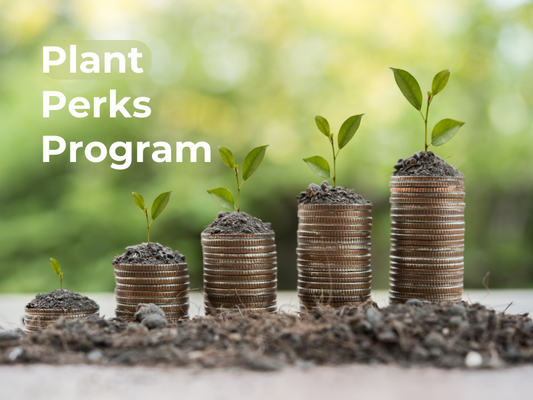

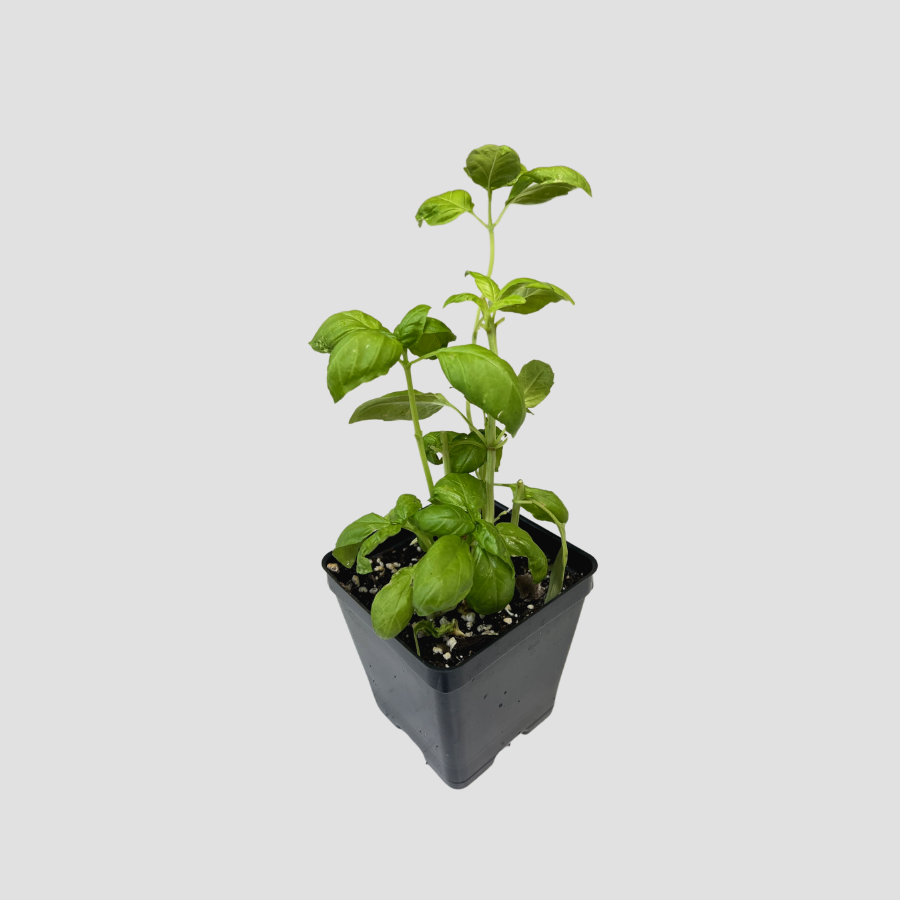



 Culinary
Culinary
 Aroma
Aroma
 Container
Container
 Pollinator
Pollinator
 Indoor
Indoor